Planning Pays Off: 5 Strategies to Get the Most Out of Your Delivery Speed Choice
August 30, 2024
5 min read
Introduction
Hyperlocal delivery is an on-demand service focused on delivering products from local merchants to nearby customers within a short timeframe. The convenience of receiving groceries, meals, or pharmaceuticals at your doorstep within minutes has redefined expectations for speed and service.
The market for hyperlocal delivery is booming, fueled by urbanization, rising disposable incomes, and the increasing adoption of smartphones. This rapid growth is reflected in the market, which is expected to expand from $1.3 trillion in 2019 to $3.6 trillion by 2027, demonstrating a compound annual growth rate of 17.9%.
Keep scrolling to examine the advantages, difficulties, and mechanics of hyperlocal delivery in
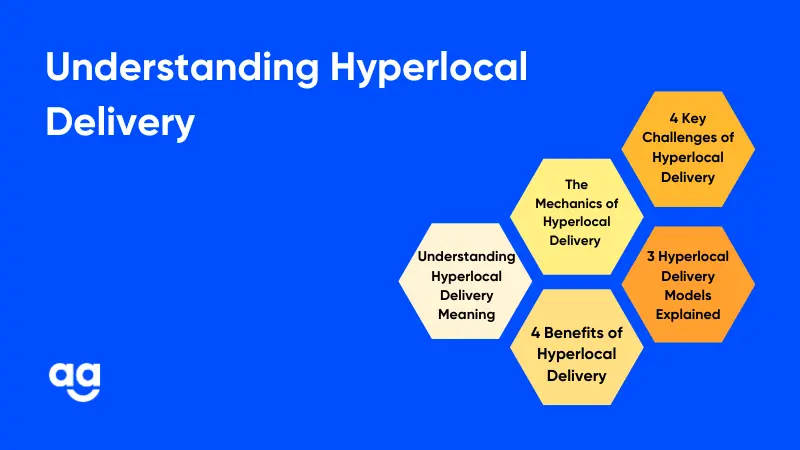
Understanding Hyperlocal Delivery Meaning
“Hyperlocal” describes data or offerings customized for a narrow geographic area. When it comes to delivery, hyperlocal companies serve a specific neighborhood and provide quick order fulfillment in a short amount of time—often hours or even minutes. Compared to typical e-commerce strategies, which may entail longer delivery times due to larger geographic coverage, this emphasis on proximity is striking.
The Mechanics of Hyperlocal Delivery
The success of the hyperlocal delivery system depends on the careful coordination of three main parties:
- Delivery Partners
- E-Commerce
- Platforms Retailers
To reach a wider audience and provide more convenient delivery choices, local companies collaborate with a hyperlocal delivery platform.
An order placed by a consumer via the platform’s website or app is sent to the closest store with the desired items in stock. Following preparation by the store, the order is picked up by a contracted delivery partner and delivered right to the customer’s door.
Many hyperlocal delivery models leverage a bike pick-up service for efficient last-mile delivery, especially in urban areas with traffic congestion.
4 Key Challenges of Hyperlocal Delivery
Successfully executing a hyperlocal delivery model demands meticulous attention to several critical aspects. Balancing customer expectations with operational efficiency is paramount.
Demand Management
Accurately forecasting and managing fluctuating order volumes is essential. A hyperlocal business must adeptly handle peak periods while ensuring smooth operations during slower times. Stockouts or excess inventory can be avoided by effective inventory management.
Timely Deliveries
Meeting promised delivery times is non-negotiable. Customers expect their orders to arrive promptly, and delays can erode trust. Implementing robust systems to track orders and optimize delivery routes is vital. The agility and maneuverability of bikes make biker delivery an ideal choice for hyperlocal operations, especially in congested urban environments.
Operational Efficiency
Streamlining processes and minimizing delivery times are key to profitability. It involves careful route planning, efficient order allocation, and effective driver management. Technology plays a crucial role in optimizing these operations.
Profitability
Achieving profitability in a hyperlocal model requires careful cost management. Balancing the cost of maintaining a platform, managing delivery operations, and offering competitive prices is a crucial challenge.
Benefits of Hyperlocal Delivery
Mastering some fundamental elements allows businesses to build a strong foundation for success in the hyperlocal delivery landscape. Let us have a look at the advantages of hyperlocal delivery:
A Boon for Local Businesses
Hyperlocal delivery serves as a powerful catalyst for local economic growth. By connecting consumers directly with nearby businesses, it provides a platform for small retailers to compete effectively with bigger corporations. This model helps to revitalize local communities and create a more balanced economic landscape.
Sustainability and Community Impact
Decreased delivery distances result in lower carbon emissions, making it a more environmentally sustainable choice. Furthermore, hyperlocal delivery services help preserve traditional commerce and cultural heritage by backing local businesses.
Economic Opportunities
Hyperlocal delivery opens up fresh economic prospects for both individuals and businesses. It can be used for entrepreneurs to start their own delivery services or for established companies to broaden their range.
Furthermore, the increased need for technology solutions that aid hyperlocal operations has resulted in the expansion of associated sectors.
Enhanced Customer Experience
Beyond speed and convenience, hyperlocal delivery offers a superior customer experience. In the context of hyperlocal delivery, courier bike delivery services have come to be associated with efficiency and speed.
Hyperlocal platforms address various consumer needs by offering a greater selection of goods and services, encouraging repeat business and customer loyalty. Transparent communication and real-time order tracking further increase customer satisfaction.
3 Hyperlocal Delivery Models Explained
The hyperlocal delivery model has emerged as a dynamic and disruptive force within the retail and service industries.
Rapid, localized fulfillment is a hallmark of this creative strategy, which has altered customer expectations and opened up new company prospects. Examining the various tactics companies can use is crucial to comprehend the nuances of this model.
Inventory-Led Model
In this model, businesses maintain a physical inventory of products within their delivery area. This approach ensures product availability and quicker delivery times. However, it also requires significant upfront investment in inventory and efficient inventory management systems.
Aggregator Model (Zero-Inventory Model)
Without retaining inventory, this strategy functions as a digital marketplace linking consumers with nearby shops. Serving as a platform, the aggregator makes order placement, payment processing, and delivery coordination easier.
This technique lessens the cost of inventory management, but it is highly dependent on solid relationships with neighborhood businesses.
Hybrid Model
The hybrid strategy provides flexibility and adaptability by combining aspects of the aggregator and inventory-led strategies.
Companies can keep products in stock for high-demand products while collaborating with nearby retailers to provide an extensive selection. This model allows for optimization based on product category, demand patterns, and business objectives.
Conclusion
Bike parcel services have become increasingly popular, especially in the hyperlocal delivery industry, owing to the growth of e-commerce and the growing demand for prompt deliveries. The hyperlocal delivery model has redefined convenience by facilitating the connection between local companies and customers within a predetermined geographic radius.
The hyperlocal logistics solutions offered by Shipyaari are made to fit the needs of the competitive, fast-moving market of today. With a deep understanding of local markets, our network of trusted partners guarantees the cost-effective delivery of your products and exceptional service at affordable rates. Contact Shipyaari today for a customized solution.
Frequently Asked Questions
Hyperlocal delivery differs from regular delivery in terms of convenience and speed. It prioritizes delivering your item to you quickly—often in a matter of hours or minutes—as opposed to regular delivery, which can take days or even weeks.
Hyperlocal delivery appears to have a promising future! We may anticipate increasingly faster delivery times, a broader range of products, and more environmentally friendly methods as technology develops. It is an exciting time to be part of this growing industry.
Hyperlocal delivery is revolutionary for local businesses. They can compete with larger internet retailers and reach a wider audience thanks to it. Local businesses can boost revenue and cultivate a devoted clientele by providing prompt and easy delivery services.
Various industries, including food and beverage, grocery, e-commerce, pharmaceuticals, and on-demand services, can benefit from hyperlocal delivery.
Suggested Reads
Hyperlocal Personalization: Tailoring Experiences for Local Customers
Introduction The eCommerce industry in India has witnessed a rapid growth of hyperlocal services in
Continue ReadingDec






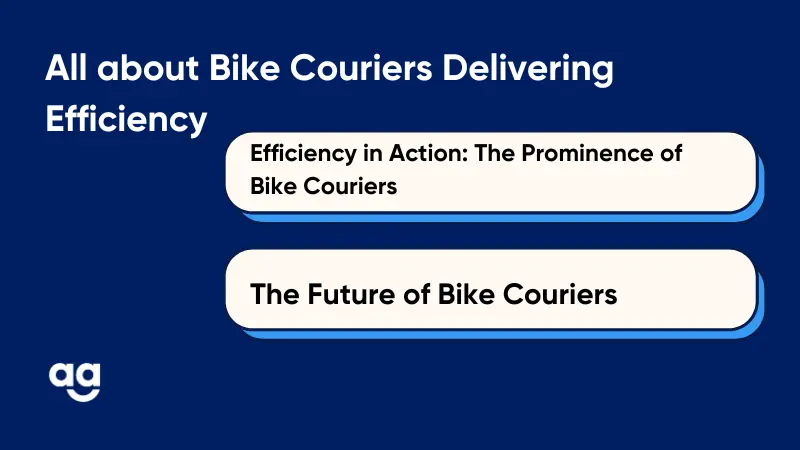



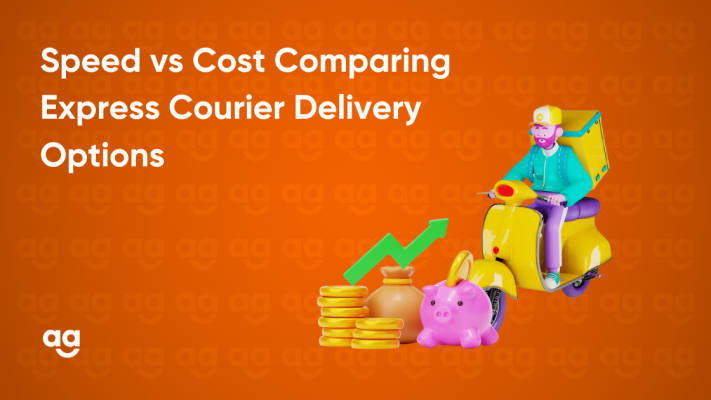

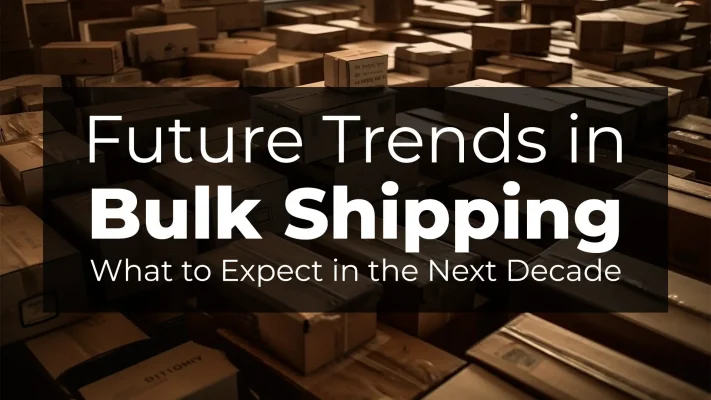
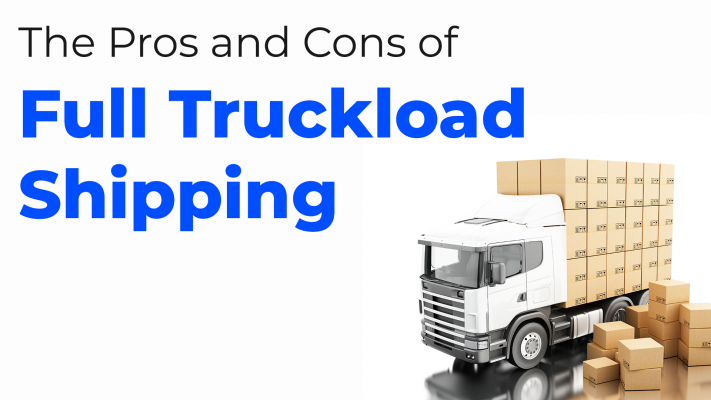
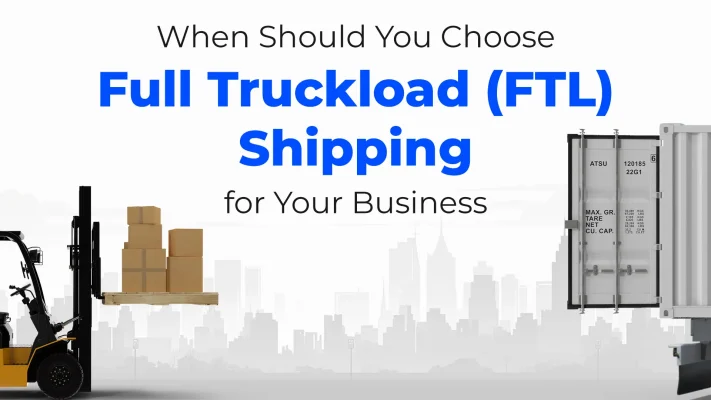

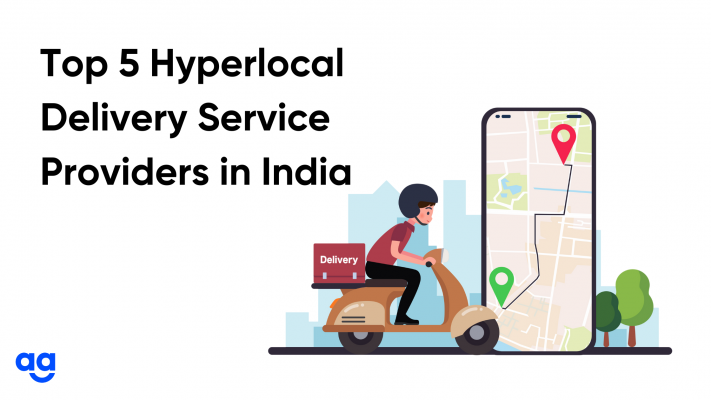
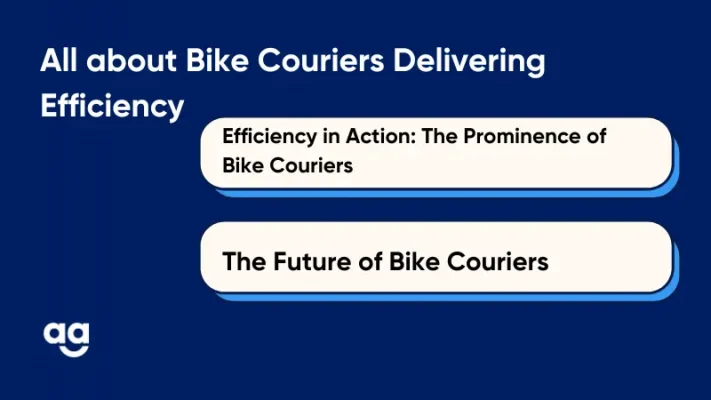
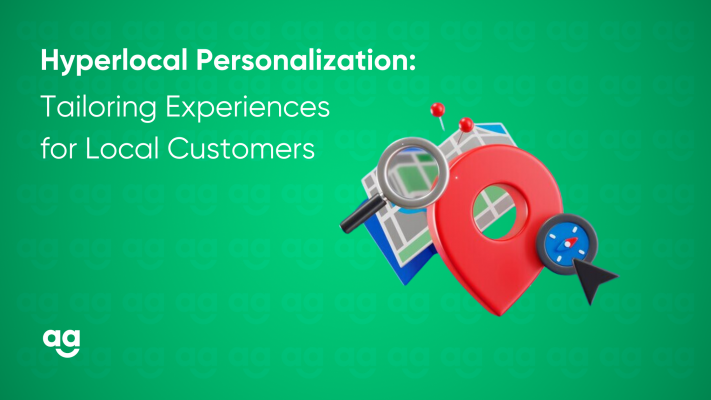
 Shipping
Shipping







